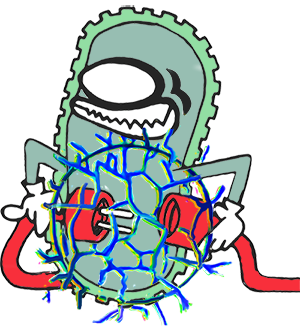Team:TU Delft-Leiden/Project/Life science/curli
From 2014.igem.org
EsraBekdas (Talk | contribs) |
EsraBekdas (Talk | contribs) |
||
| Line 38: | Line 38: | ||
</p> | </p> | ||
<figure> | <figure> | ||
| - | <img title="Curli" src="https://static.igem.org/mediawiki/2014/3/3c/Curli.jpg" style="display:block;height:50%;width:50%;" /> | + | <img title="Curli" src="https://static.igem.org/mediawiki/2014/3/3c/Curli.jpg" style="display:block;margin-left:auto;margin-right:auto;height:50%;width:50%;" /> |
</figure> | </figure> | ||
</html> | </html> | ||
{{:Team:TU_Delft-Leiden/Templates/End}} | {{:Team:TU_Delft-Leiden/Templates/End}} | ||
Latest revision as of 20:53, 17 October 2014
Module Conductive Curli
Information with respect to literature consulted regarding the Modules is referred to under Context. Also, each of the three complementary Modules is equipped with an Integration of Departments, in which it is described how the Departments Modeling, Experimental Work and Microfluidics interact. Furthermore, each Module contains information on Cloning and results are presented under Characterization.
-
Module Conductive Curli
Keen to see our conclusions for this module? See the list below!
- The constructs made are capable of generating curli-forming proteins and biofilm as proved by Congo red and crystal violet assays respectively.
- Curli formation happens in response to induction of the used promoter.
Want to know how we came to these conclusions? Go to our Characterization page!
Interested in one of our other Modules? Navigate to the Module Electron Transport where you can find everything regarding the implementation of the MtrCAB conduit. Go to our Module Landmine Detection page and discover how we tweaked E. coli to let it respond on landmines.

 "
"






